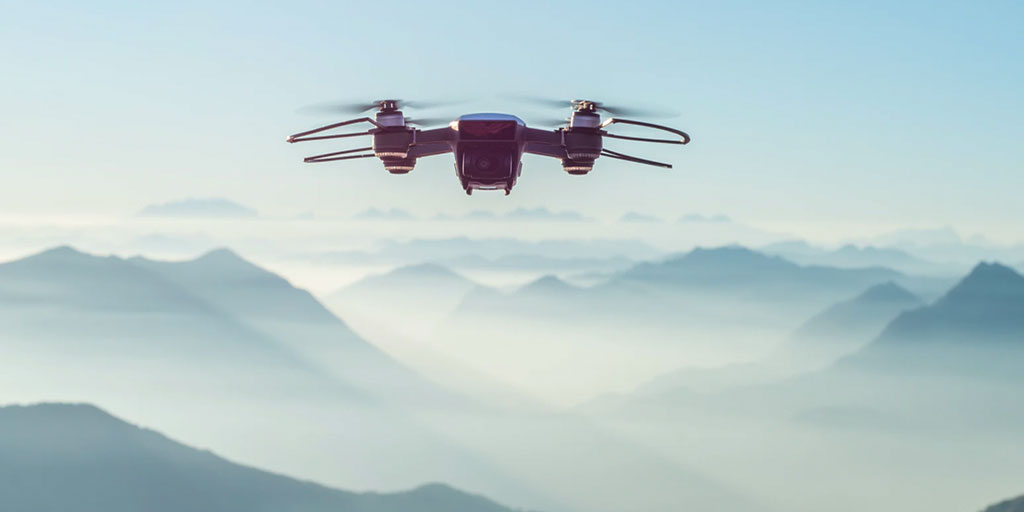The drone industry and technology have been rapidly developing over the past decade. Bolstered by the commoditization of the hardware alongside a friendly regulatory environment, the industry has progressed quickly with promising initial pilots of various commercial applications, such as drone delivery. Over the next few years, we expect to see increasing production deployments. To achieve longer-term scalability, the industry will need to continue building out many of the infrastructure elements, such as data sharing and flight operations. While still in the early stages of development, programs and businesses have already sprung up to address these needs.
Where we are today
Drones have long been hailed as a potential way to move people and goods more efficiently. While autos operate in the single plane that is the ground, drones significantly open capacity and flow by simply operating across multiple altitudes. Autonomous drones can also offer substantial cost savings by streamlining and automating logistics operations – a need that has only been exacerbated by COVID-19. For all the promise, however, there remain limited deployments of autonomous drone delivery today because of technical, regulatory and societal barriers.
The industry, however, has continued to develop rapidly over the past few years particularly on the drone hardware and regulatory aspects. While 2015 to 2018 saw vast numbers of entrants in the hardware space, from larger players like GoPro to startups like Lily, and more than $2 billion of venture capital invested, the ultimate winner has been DJI (China based developer of consumer, professional, enterprise and industrial drones). A combination of strong manufacturing capabilities, a thriving developer ecosystem and an excellent customer experience has enabled DJI to capture and maintain a nearly 80% market share. While recent geopolitical tensions between the U.S. and China could threaten DJI’s dominance, the broader small-to-medium drone hardware market has matured and is becoming increasingly commoditized.
Equally important is the regulatory dynamic that has enabled the drone industry to grow. Specifically, the Federal Aviation Administration (FAA) has worked with the drone community to foster this technology. While still charting a cautious course, the FAA has made substantial overhauls to its regulatory process, including granting exemptions for visual line-of-sight requirements, automating flight-path approvals through partnerships with private providers, and offering use-case-specific guidelines for applications, such as commercial drone delivery services (Part 135 certification). These regulations have enabled companies to begin initial pilot testing of various services, collecting safety data and building their own businesses cases. Amazon, for example, recently received Part 135 certification to deliver packages, albeit with several operating restrictions (e.g., no nighttime flights, no flights over roadways or moving vehicles, and no flights over people).
Where we are headed
Based on the rate of technology advancement and commercial development, we expect the industry to continue to advance quickly. Within the next few years, we will likely see significant early deployments of drone technology across various commercial use cases. Delivery, and logistics broadly, is perhaps one of the largest opportunity areas, with several large players beginning to enter the space.
UPS, like Amazon, has also received Part 135 certification and is already partnering with Matternet to offer delivery of medical goods. Similarly, Walmart is partnering with Flytrex on delivery of small goods.
In addition to development of more commercial use cases, advancements in infrastructure are also taking place. As an increasing number of drones begin to populate the skies, the ability to manage them safely and efficiently will be vital. NASA, in coordination with the FAA, launched the Urban Air Mobility Grand Challenge to partner with private enterprises to begin the development of various management systems.
Such systems will need to account for not only an increasing number of stakeholders, such as city transportation bodies that may dictate when and where drones can operate, but also a broad swath of form factors.




